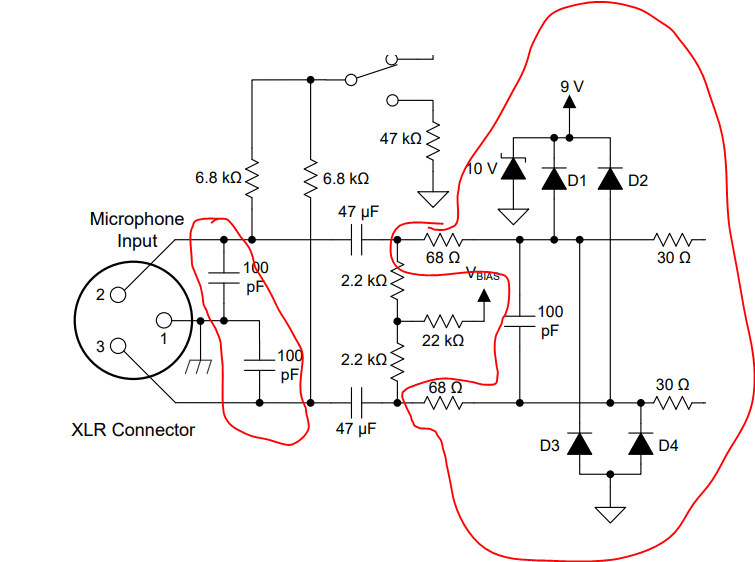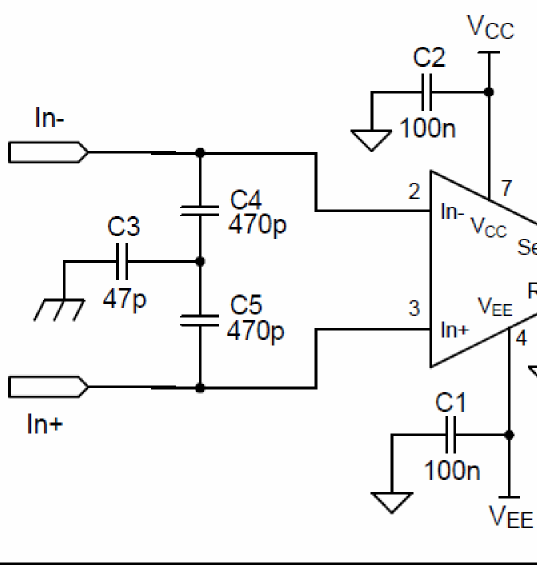Other Parts Discussed in Thread: INA317, INA1620, INA1650
Hello,
I'd like to use this INA137 differential line receiver in a system where someone may plug/unplug these inputs from an audio patch panel..so it will likely create transients. Can you please suggest an input protection schematic (with diodes and/or TVS) that will offer ESD and transient protection? The differential input signals will not be higher than +/-5V.
Thanks,
-Paul





